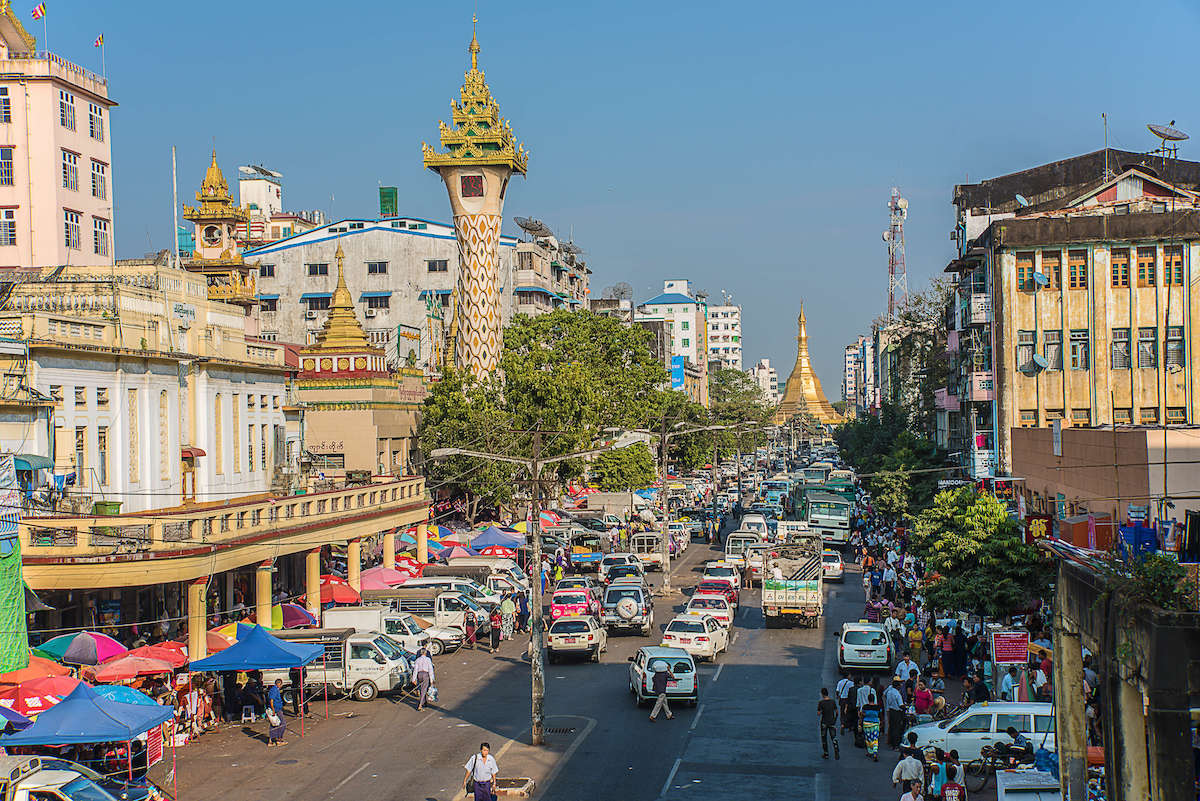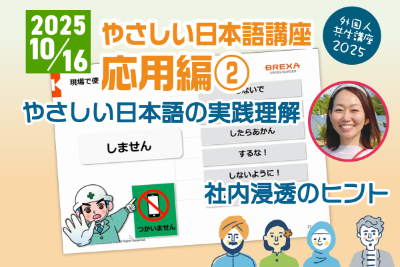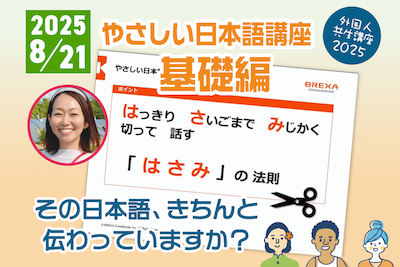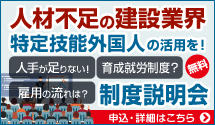- やさしい日本語
- ひらがなをつける
- Language
We provide multilingual content through machine translation. Translation accuracy is not 100%. About the multilingualization of the JAC website
- About JAC
- JAC Membership Information
- Specified Skilled Worker Acceptance
- Specified Skilled Worker Overview of the system
- 10 Mandatory Assistance for Foreigners
- Online individual consultation
- Seminar on Coexistence with Foreign Nationals
- Leading examples of host companies
- Case studies collection "Visionista"
- Foreigner's Voice
- Foreign Resident Acceptance Manual / Q&A
- Useful column "JAC Magazine"
- Acceptance support services
- Specified Skills Acceptance Support Service
- Health and Safety "Online Special Training"
- Safety and health “skills training”
- "Temporary Return Support" to ease the burden
- CCUS charge support
- Free Japanese language courses
- Education and Training Support
- Subsidy system for obtaining qualifications
- Support system for promoting the accumulation of employment history
- "Post-acceptance training" to deepen understanding of the system
- Compensation system for Specified Skilled Worker (i)
- freeJob matching
- The Specified Skills Evaluation Exam
- Home
- JAC Magazine
- Working with foreign workers
- Specified Skilled Worker Also join the pension system? Explanation of the lump-sum withdrawal payment
- Home
- JAC Magazine
- Working with foreign workers
- Specified Skilled Worker Also join the pension system? Explanation of the lump-sum withdrawal payment

Specified Skilled Worker Also join the pension system? Explanation of the lump-sum withdrawal payment
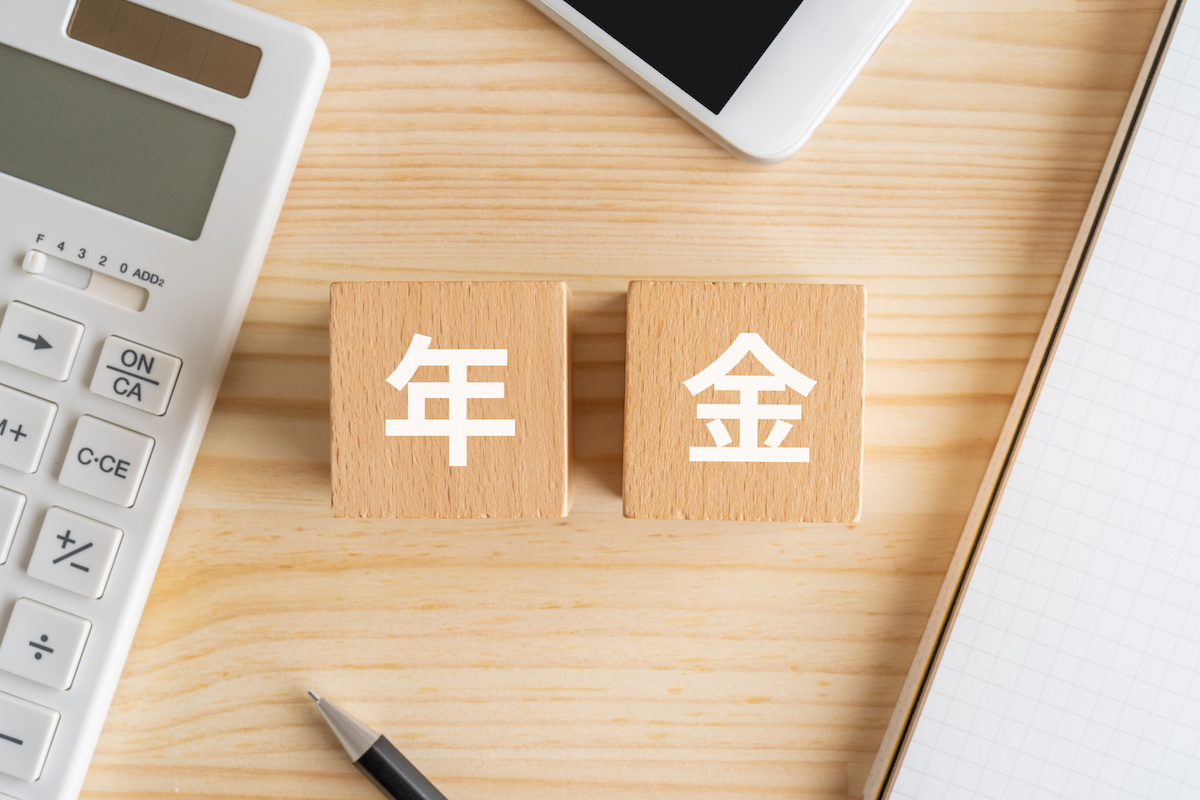
Hello, this is Kano from JAC (Japan Association for Construction Human Resources).
This time, we had Dr. Jimbo, a social insurance and labor consultant, explain about joining the Specified Skilled Worker pension system.
Most foreigners entering the country with Specified Skills are young, and it is normal that the word "pension" does not come to mind.
Even if you know the word "pension", the majority of people will think that it is what the elderly receive and has nothing to do with them.
On the other hand, if you look at your payslip on the payslip and see that the premiums of "Employees' Pension Insurance" are deducted, you will ask, "What is this?" and "Why is it deducted?" Some people ask questions.
Some people also say, "I don't want to join a pension."
In this article, we have summarized the basic information to explain the pension system Japan such a Specified Skilled Worker.
Specified Skilled Worker We will introduce why you need to join the pension system, what you need to know about the "lump-sum withdrawal payment" system, and what points to tell when accepting, so please refer to it!
Specified Skilled Worker Do I need to enroll in Japan pension insurance?
There are two public pensions in Japan: the National Pension and the Employees' Pension Insurance.
The pension scheme has the following objectives:
- You can receive money when you become too old to work (old-age pension)
- You can receive money if you are unable to work due to illness or accident (disability pension)
- If the head of the household dies, the surviving family members can receive money (survivor's pension)
In principle, "old age" here is defined as "65 years old," and old-age pensions can be received from the age of 65.
Specified Skilled Worker also need to join a pension plan
In Japan, regardless of whether you are a Japanese, you must join the "National Pension" if you are between the ages of 20 and 60.
In addition, people who work for corporations (corporations, etc.) and those who work for sole proprietors with a regular number of workers of 5 or more must also participate in "Employees' Pension Insurance" from the time they start working until they are 70 years old.
For this reason, Japan's pension system is sometimes said to be "two-story".
Therefore, many foreigners who come to Japan with Specified Skills will be enrolled in both the "National Pension" and the "Employees' Pension Insurance".
Proper participation in a pension plan is one of the eligibility criteria that a host company entering into a specified skilled worker employment contracts under Revision of Immigration Control and Refugee Recognition Act must meet.
However, since Specified Skilled Worker often leave the Japan before the age of 65, there is a "lump-sum withdrawal payment" system.
What is the "lump-sum withdrawal payment" applied to Specified Skilled Worker?
In order to receive an old-age pension, you need to have paid pension insurance premiums for more than 10 years, but if you return to your home country before that, the pension insurance premiums you have paid may go to waste.
For this reason, a "lump-sum withdrawal payment" system has been established to refund a portion of the pension insurance premiums paid.
The conditions for foreign workers to utilize the lump-sum withdrawal payment system are as follows:
- Not having Japanese nationality
- Not insured under the public pension system (Employees' Pension Insurance or National Pension)
- The total number of months for which insurance premiums have been paid is 6 months or more.
- The period of eligibility for receiving an old-age pension (10 years) has not been met
- Never had the right to receive a basic disability pension or other pension
- Does not have an address in Japan
- More than two years have not passed since you last lost your insured status under the public pension system.
Lump-sum Withdrawal Payment cannot be claimed while a foreign worker is in Japan.
If you had an address in Japan on the day you lost your social insurance eligibility, you are required to "not have passed more than two years since you lost your address in Japan after losing your social insurance eligibility."
If your home country has a social security agreement with Japan, you should check in advance, as you may lose your right to receive a pension in your home country if you receive the lump-sum withdrawal payment.
How to apply for lump-sum withdrawal
The claimant (either the claimant himself/herself or a representative) must submit the necessary documents to the Japan Pension Service, etc. within two years of leaving Japan.
For your reference, the following documents are required to apply for the Lump-sum Withdrawal Payment.
- Lump-sum Withdrawal Payment Application Form
- Copy of passport
- Documents that prove you do not have an address in Japan
- Documents verifying the name of the receiving financial institution, branch name, branch address, account number, and the account holder's name
- Documents showing your basic pension number (basic pension number notification, pension book, etc.)
If the agent makes the claim, a power of attorney is also required.
You can apply by mail or electronically, but if you are visiting Japan for purposes other than work (travel, etc.), you can submit it at the pension office or the pension consultation center on the street corner.
After the Japan Pension Service review is completed, the lump-sum withdrawal payment will be transferred.
Please see also for a detailed explanation of the lump-sum withdrawal allowance here.
What is the lump sum withdrawal payment applied to Specified Skilled Worker? Explanation of conditions and application methods!
Good things to tell Specified Skilled Worker about the pension system
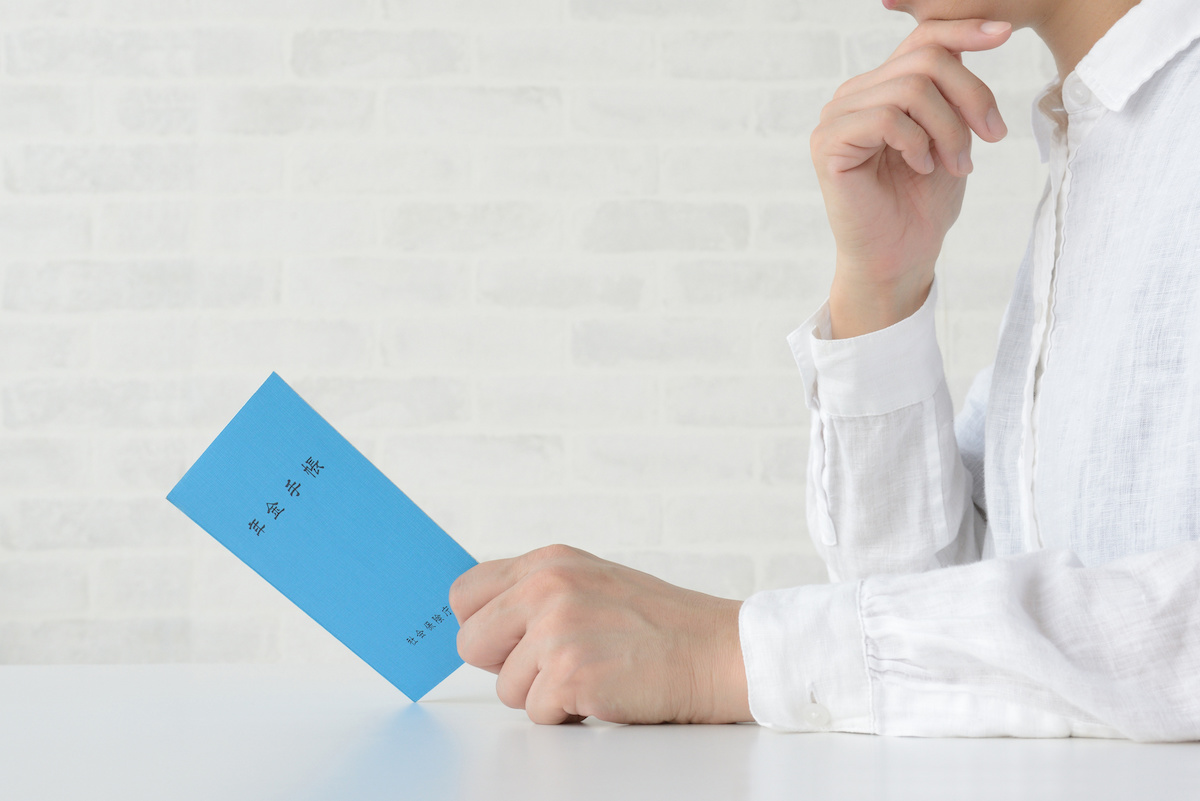
Communicating the following information in advance will allow foreign workers to work with peace of mind.
We will also introduce what kind of support and communication methods you should provide.
How to pay pension insurance premiums
To make things go more smoothly, it would be a good idea to first explain the basics of pension insurance premiums.
For example, people who work for self-employed individuals with fewer than five employees are enrolled in the "National Pension" and pay their own insurance premiums to the ward, city, town, or village, but everyone else (people who work for a corporation, etc.) is enrolled in both the "National Pension" and the "Employees' Pension Insurance," and the insurance premiums are deducted from their salary.
It is also a good idea to inform them that the Employees' Pension Insurance premium includes the National Pension Insurance premium, so they do not need to pay the National Pension Insurance premium separately.
How to calculate pension contributions
It will also be reassuring to know the exact amount of insurance premiums you will have to pay.
The current (2024 fiscal year) National Pension insurance premium is 16,980 yen per month.
The insurance premium rate for Employees' Pension Insurance is 18.3% of the standard monthly remuneration (approximately the monthly salary amount), and is calculated based on a ranking table.
Insurance premiums are paid monthly by the company and the individual, split equally (9.15% each for the company and the individual).
It would be helpful to provide some concrete examples, such as, for example, if someone has a monthly salary of 200,000 yen, the company and the individual would each pay 18,300 yen each month.
You should also inform employees that they must pay Employees' Pension Insurance premiums for bonuses, and that both the company and the individual are exempt from paying insurance premiums when employees take maternity leave or child care leave.
Lump-sum Withdrawal Payment System
As I mentioned at the beginning, some Specified Skilled Worker people refuse to pay because they are afraid that the pension insurance premiums they have paid will be thrown away.
Therefore, it is a good idea to explain the lump-sum withdrawal payment in advance so that they understand it, and to support them in preparing the application documents for the lump-sum withdrawal payment before returning to Japan.
If direct support is difficult, you can also ask a specialist such as a social insurance and labor consultant.
Also, tell the following points as a precaution.
- After losing your social insurance eligibility, you must apply for it yourself within two years of leaving Japan.
- The estimated amount of the lump-sum withdrawal payment may differ from the actual amount paid.
Where can I get advice on pension-related questions?
The Japan Pension Service operates and implements the pension system in Japan.
The Japan Pension Service operates approximately 300 pension offices across the country.
If they have any questions about pensions, it would be helpful to let them know that in addition to consulting their company, they can also consult and ask at a nearby pension office.
Summary: Specified Skilled Worker must also join the pension system! Let's also explain the lump sum withdrawal payment.
If you work at Specified Skills, tell the company that the pension system is a system that not only Japan but also foreigners join, that pension premiums will be refunded after returning to Japan through the lump-sum withdrawal allowance, and that money may be paid by the pension system in the event of injury or illness.
It is important to understand Japan's pension system and the need to pay pension premiums in advance.
You can rest assured that you will be able to tell them the exact number of premiums you will pay.
We also recommend that you explain and support foreign workers by explaining the requirements for foreign workers to use the lump-sum withdrawal payment system, the documents required to apply for the lump-sum withdrawal payment, and how to apply for the lump-sum withdrawal payment.
If you are a company that is considering accepting Specified Skilled Worker in the construction industry, please feel free to contact JAC!
We also introduce Specified Skilled Worker.
*This article is based on information as of December 2024.
I wrote the article!
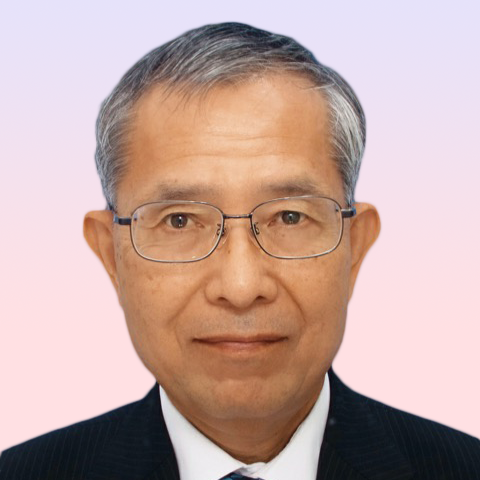
Social insurance and labor consultant
Yutaka Jinbo
Rich
He was registered as an administrative scrivener in August 22 and as a social insurance and labor consultant in July 23.
For about 9 years, he was involved in the work of a supervising organization for Technical Intern Training foreigners.
Currently, he handles social insurance procedures and labor-related affairs for corporations in Chiba Prefecture and Tokyo, as well as post-entry training for foreign Technical Intern Training and external audits of supervising organizations.
Related articles

Things to know when working with Muslim employees in a Japanese company

What is the obligation to notify the employment status of foreigners? Foreign workers who must be notified and how to apply
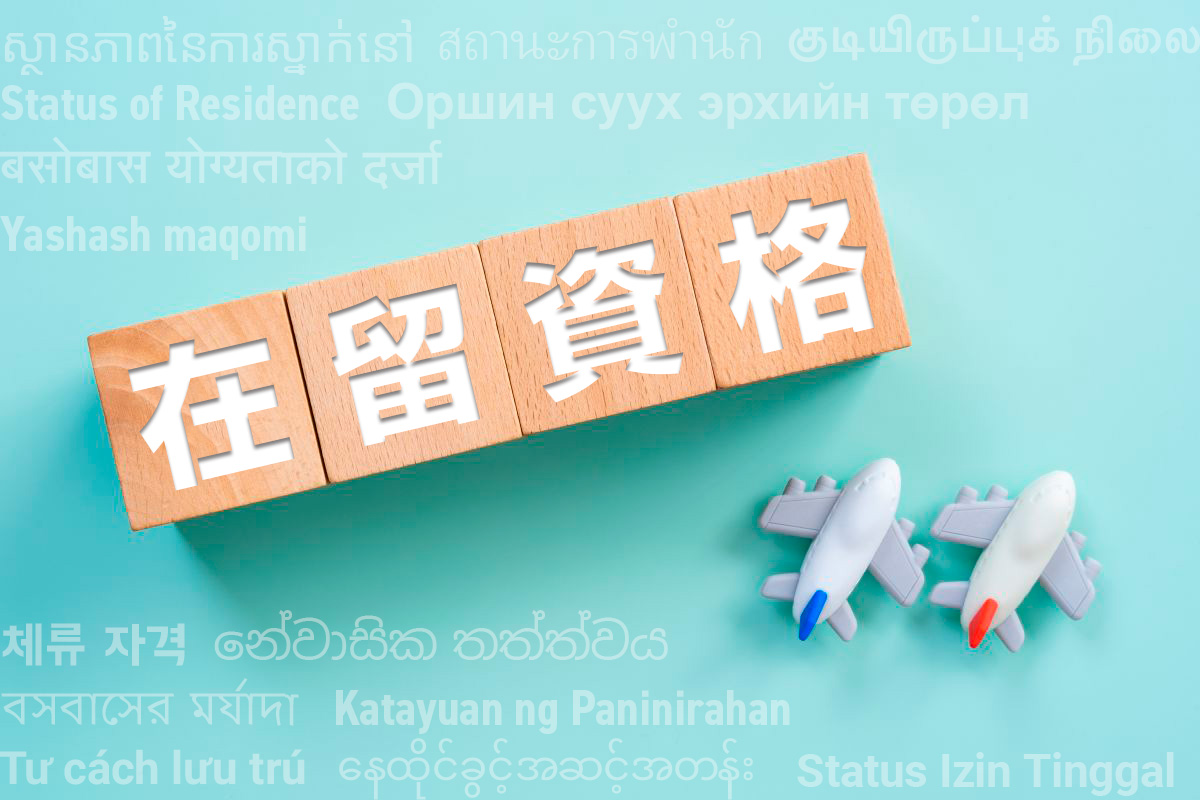
What is the status of residence that allows you to work? Explaining the types, how to obtain it, and more!

Can foreigners with "Engineer/Specialist in Humanities/International Services" status of residence be employed in the construction industry?







